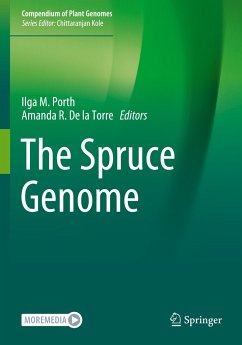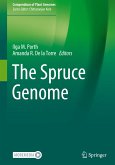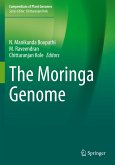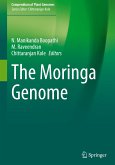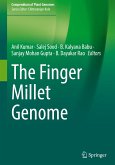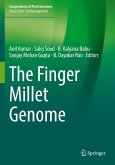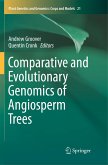This book offers comprehensive information on the genomics of spruces (Picea spp.), naturally abundant conifer tree species that are widely distributed in the Northern Hemisphere. Due to their tremendous ecological and economic importance, the management of forest genetic resources has chiefly focused on conservation and tree improvement.
A draft genome sequence of the 20-gigabase Norway spruce genome was published in the journal Nature in 2013. Continuous efforts to improve the spruce genome assembly are underway, but are hindered by the inherent characteristics of conifer genomes: high amounts of repetitive sequences (introns and transposable elements) in the genome and large gene family expansions with regards to abiotic stress, secondary metabolism and spruces' defense responses to pathogens and herbivory.
This book presents the latest information on the status of genome assemblies, provides detailed insights into transposable elements and methylation patterns, and highlights the extensive genomic resources available for inferring population genomics and climate adaptation, as well as emerging genomics tools for tree improvement programs. In addition, this volume features whole-genome comparisons among conifer species, and demonstrates how functional genomics can be used to improve gene function annotations. The book closes with an outlook on emerging fields of research in spruce genomics.
A draft genome sequence of the 20-gigabase Norway spruce genome was published in the journal Nature in 2013. Continuous efforts to improve the spruce genome assembly are underway, but are hindered by the inherent characteristics of conifer genomes: high amounts of repetitive sequences (introns and transposable elements) in the genome and large gene family expansions with regards to abiotic stress, secondary metabolism and spruces' defense responses to pathogens and herbivory.
This book presents the latest information on the status of genome assemblies, provides detailed insights into transposable elements and methylation patterns, and highlights the extensive genomic resources available for inferring population genomics and climate adaptation, as well as emerging genomics tools for tree improvement programs. In addition, this volume features whole-genome comparisons among conifer species, and demonstrates how functional genomics can be used to improve gene function annotations. The book closes with an outlook on emerging fields of research in spruce genomics.

